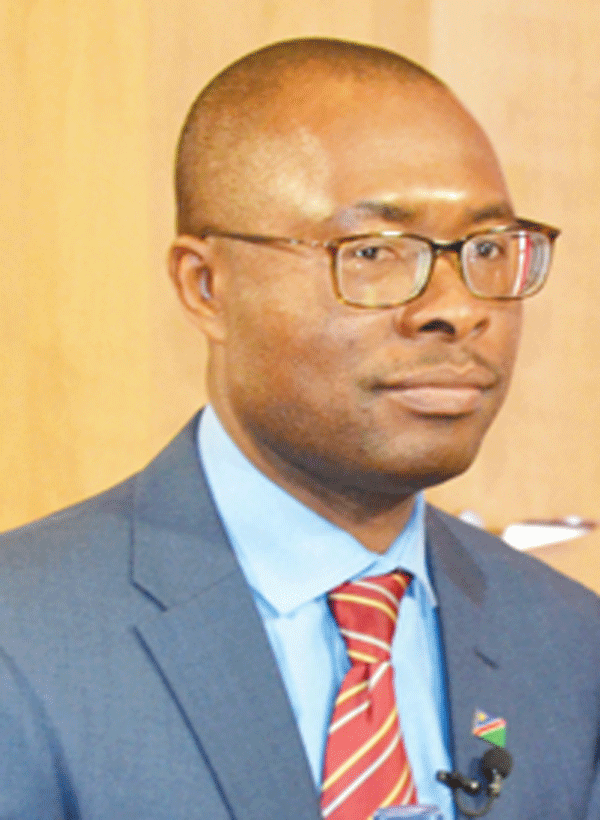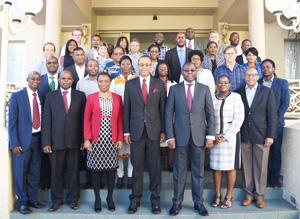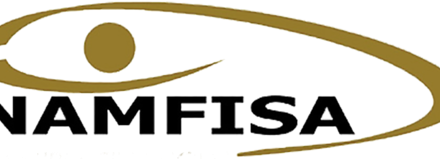
Foreign reserves go up

The Bank of Namibia this week revealed that Namibia’s stock of international reserves stand at N$22.6 billion as of 17 October, with an estimate to be about 2.9 months of import cover.
This is an increase from N$19.2 billion that was recorded earlier in August, which was only 2.4 import cover. This is still below international benchmarks over a three month period. Last year, Namibia had a N$1.8 billion deficit, largely to the fact that the country is highly dependent on imports thus, putting a lot of pressure on its foreign reserves.
Speaking at the Monetary Policy conference this week, Bank of Namibia (BoN) Governor, Iipumbu Shiimi said that the bank has approached local asset managers in a bid to increase its stock of foreign reserves.
“We have approached a number of asset managers in order for them to sell their foreign assets with local ones. Currently, GIPF is the only confirmed asset manager have entered a deal with,” he added.
According to Shiimi, government also plans to use the proceeds of the US$750 million Eurobond to increase the country’s international reserves and invest in industrialisation activities. Meanwhile, the Repo Rate has remained unchanged at 7.00%, at a trend that is anticipated to remain stagnant for a while. The mining sector is expected to increase production, largely due to the Husab Mine which will soon start production.
“The mining sector continues to be the biggest driver of the economy and we anticipate that the economy will become stronger as soon as Husab Mine starts production. We are also relying on the level of production in order to determine the country’s economic situation,” he said.
According to the central bank, Monetary policies in both key advanced economies and Emerging Market Economies remained accomodative. The forecast for the advanced economies for 2017 remains at 1.8%. Growth in the emerging market economies and developing economies is projected to strengthen in 2016 to 4.2% and 4.6% in 2017, due to improved sentiments of business and consumers. India and Russia, however, cut their benchmark rates by 25 and 50 basis points respectively.
“Risks to the outlook, however, remain and mainly include: the uncertainty regarding the impact of the Brexit vote, weak commodity prices, and the ongoing drought in east and Southern Africa,” Shiimi said.
Shiimi further said that the annual inflation rate increased in 2016, when compared to 2015, mainly driven by the rise in average inflation rates for major categories such as housing, water, electricity, gas and other fuels, transport as well as food. The annual inflation rate increased slightly to 6.9% in September 2016, compared to 6.8% in August 2016.










































